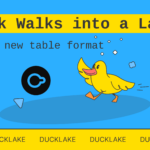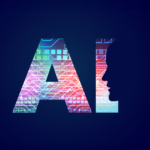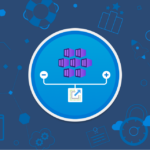
The Microsoft Azure Container Networking team has unveiled a powerful new tool: Retina. This open-source project empowers DevOps engineers and administrators with a cloud-native container networking observability platform. In short, Retina helps you see, understand, and troubleshoot how workloads communicate across your various environments.
Key Features of Retina
- Visualize, debug, and analyze: Gain insights into your container network traffic, no matter where your workloads reside.
- Customizable telemetry: Collect the data you need and send it to your preferred storage solutions, including Prometheus, Azure Monitor.
- Display flexibility: Visualize your data through platforms like Grafana, Azure Log Analytics.
- Cloud-agnostic: Run Retina on any Kubernetes instance, be it on-premises, AWS, Azure, or GCP.
- Lightweight and efficient: Leverages Berkeley Packet Filters (eBPF) technology for minimal resource usage and avoids the need for container agents like the Falco security tool.
- Supports diverse environments: Works seamlessly on Linux and Windows, without limitations on Container Network Interfaces (CNI) plugins, operating systems, or data planes.
- Highly scalable: Scales efficiently to accommodate large clusters.
Getting Started with Retina
- Clone the Retina GitHub repository and install it using Helm charts.
- Configure your preferred data storage solution (e.g., Prometheus).
- Leverage the user-friendly CLI that integrates with kubectl for a smooth experience.
- Configure network captures with YAML custom resource definitions.
Open Collaboration for the Future
Microsoft designed Retina to be open-source and multi-cloud from the ground up. Their goal? To share knowledge and foster collaboration within the cloud-native ecosystem. They believe Retina will evolve and benefit from the contributions of developers and organizations worldwide.
Ready to Dive Deeper?
For more information, explore the official documentation website website and join the conversation about eBPF-based observability tools!
Reference to the Article- InfoQ
Follow us for more updates!













